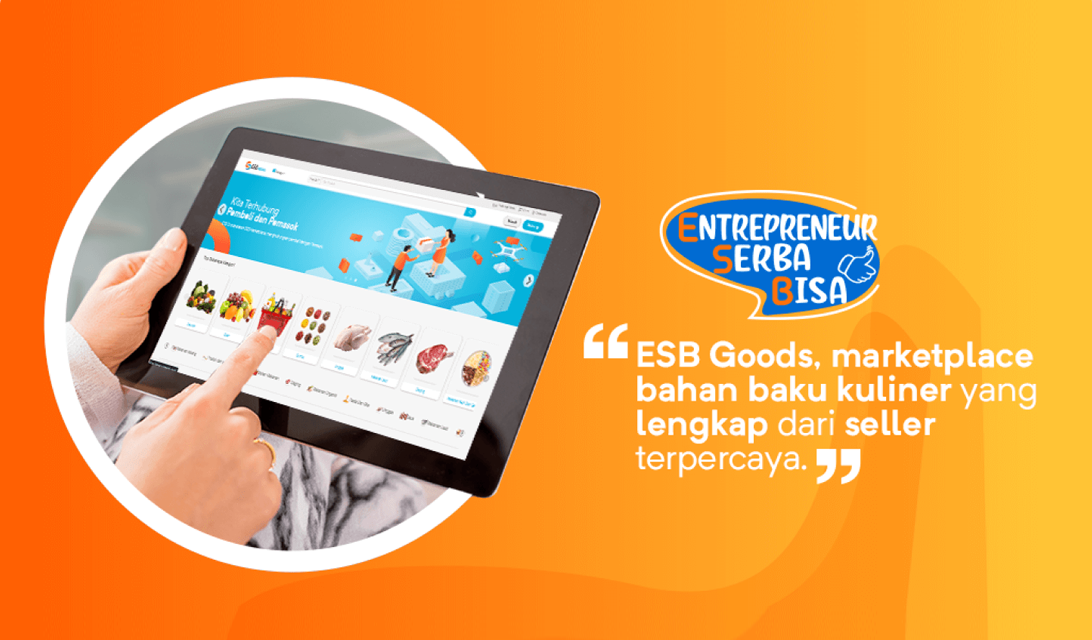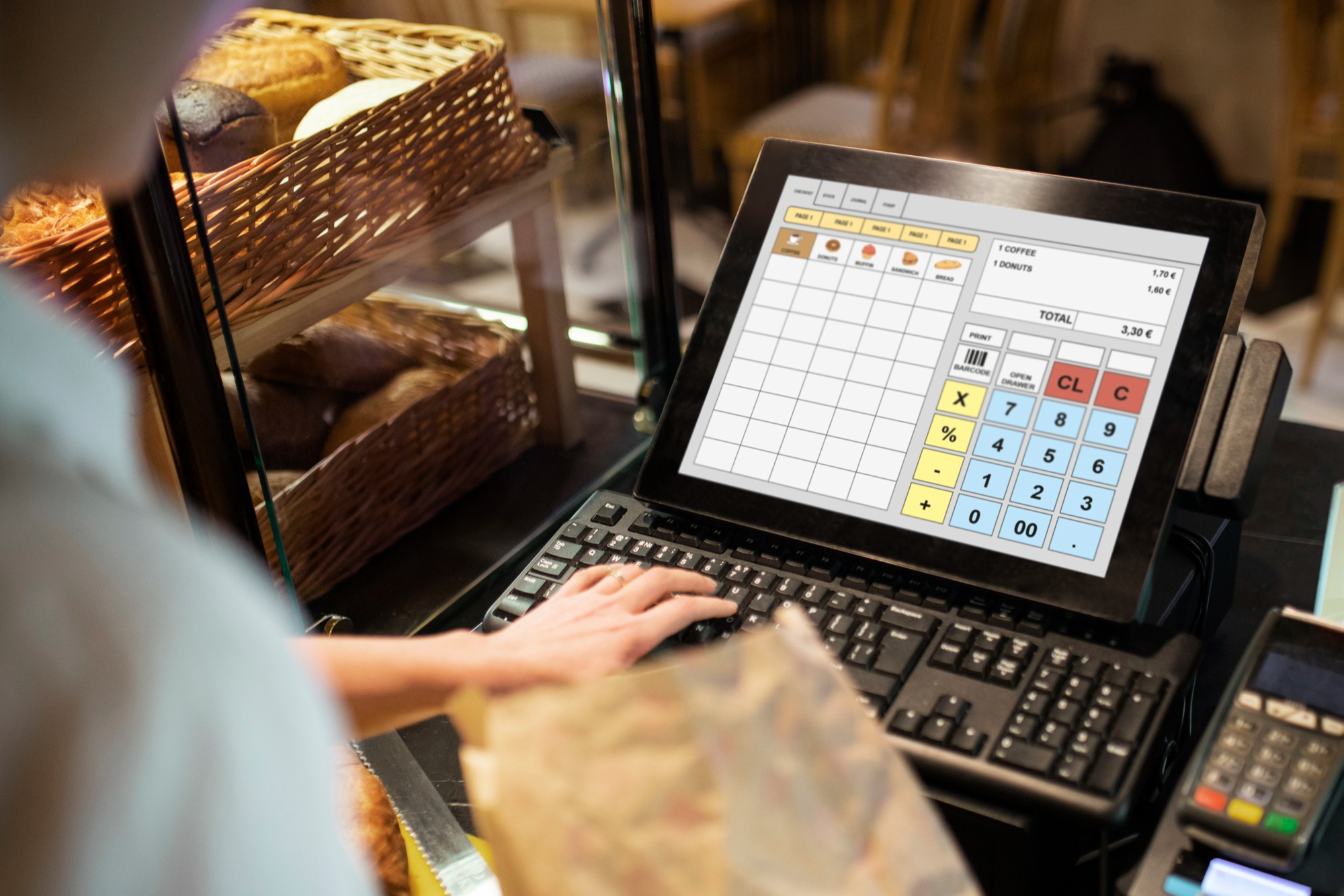 SHARE
SHARE
15 Benefits of Point of Sale (POS) That Make Your Business Quickly Profitable—Not Just a Digital Cashier!
Briantama Afiq Ashari
Imagine having a culinary business that is always crowded, but gives you a headache—customers waiting too long, cashiers often miscalculate, sales reports messy.
This is the moment you truly understand why a Point of Sale (POS) is not just a transaction tool, but an operational lifesaver.
Many still underestimate the benefits of POS, even though its advantages are far broader: from stock management, real-time data, to team efficiency.
Let’s review the main benefits one by one.
1. All Direct Sales Data is Recorded Automatically
Source: Istockphoto
Without POS, transaction recording is still manual—prone to forgetting, wrong input, or data manipulation.
With POS, all sales details are recorded automatically: item name, price, payment method, even discount.
You can monitor business performance anytime without waiting for manual reports.
Read Also: A More Organized Restaurant? Understand the Importance of Last Orders and How to Manage Them
2. Faster Transactions and Fewer Errors
Imagine customers already queueing long, but the cashier is still busy calculating with a calculator.
One of the benefits of point of sale is the transaction process becomes faster and more accurate.
The cashier just clicks the item on the screen, the system directly calculates the total price and change.
No more stories of wrong pricing or discount. Of course, this can really reduce long queues, and customers will be more satisfied.Interestingly, the benefit of point of sale is about the customer experience.
Satisfied customers will come back again, and that means, more and more profit will flow in!
3. Monitor Stock in Real-Time, Without the Drama of Running Out
Every transaction directly reduces stock, displaying the current inventory level and low-stock warnings.
This really helps prevent stockout during busy hours and reduces food waste.
4. Instant and Comprehensive Financial Reports
Source: Istockphoto
Not everyone has an accounting background. But don’t worry, because now making a sales report can be as easy as clicking one button.
The benefit of point of sale is this system can generate automatic reports.
You can see sales graphs, best-selling products, most frequently used payment methods, even the peak hours in your store.
With this data, promotional strategies or menu adjustments become more precise.
Not only does it help decision-making, these reports are also very important if you want to find investors or apply for bank loans.
So, it can be said, the benefit of point of sale is also about scale-up expansion opportunities.
Read Also: How to Calculate Labor Costs to Avoid Business Losses
5. Manage Multiple Branches Through One Dashboard
Cloud-based POS makes it easy to control stock, pricing, and outlet performance from one platform, including stock transfers between branches and real-time monitoring via smartphone.
Suitable for those who are in or ready for expansion.
Why? Because this Point of Sale system can transform operational systems to be more modern, integrated, and, of course, consistently profitable.
6. Dynamic Menu Management & Immediate Adjustment
Add/remove seasonal items, change prices, or activate promos simultaneously to all branches without reprinting physical menus.
7. Restaurant/Store Floor Management
For those with dine-in areas, POS can help illustrate table layouts digitally, making it easier to handle reservations and capacity arrangements. This improves service efficiency during peak hours.
7. Online Ordering & Delivery Integration
Many modern POS systems support direct integration with delivery platforms such as GoFood or GrabFood.
That way, online orders go directly into the POS system without manual input—reducing errors and speeding up serving time.
8. HR Management & Shift Scheduling
Some of the latest POS systems are already equipped with attendance, shift management, and even employee work hour tracking features.
Everything can be managed in one display, reducing admin workload and minimizing input errors.
9. Integration of Financial Reports with Accounting
Automatic synchronization reduces double input and mistakes during tax/financial reconciliation. Many POS vendors provide ready-made connectors.
10. Supports Various Modern Payment Methods
In addition to cash & EMV contactless cards, QRIS and e-wallets (GoPay, OVO, DANA, ShopeePay) are increasingly dominant.
“NFC Tap to Pay” for QRIS Tap on Android is starting to be rolled out by local providers. Note: Apple Pay is not yet officially available in Indonesia as of 2025.
11. Order Analysis & Real-Time Reports
Monitor promo effects, peak hours, and best-selling items to make quick decisions (increase stock portions of winners, sunset weak menus, arrange data-driven promos).
12. Better Security & Compliance
Leading POS vendors follow PCI DSS standards to protect payment data end-to-end (encryption, tokenization, audit trail). This reduces the risk of data leakage and fraud.
13. High Scalability and Cloud Access
Cloud POS grows along with your business: add outlets, users, printers, KDS, even online channels—just need internet, no need for complicated local servers.
14. Data Foundation for Scale-Up
With consistent data from sales, stock, customers, to workforce, you have a strong foundation for retention (loyalty), upselling/cross-selling, and measured branch expansion.
FAQ Benefits of Point of Sale
1) What’s the difference between POS vs manual cashier?
POS records automatically, calculates tax/discount accurately, updates stock in real-time, and prepares ready-made reports. Manual cashier is prone to wrong input & late recap.
2) Does POS always have to be online?
Cloud POS ideally is online for real-time sync. Many systems have temporary offline mode and re-sync once the network returns.
3) Can POS integrate with GoFood/GrabFood?
Yes. Orders from delivery platforms can automatically enter the POS/Kitchen Display, reducing re-input & errors.
4) Is my payment data safe?
Choose vendors that follow PCI DSS and use official EMV/NFC devices. This lowers risks of leakage & fraud.
5) What payment methods are supported in Indonesia?
Cash, card (EMV/contactless), QRIS/e-wallet. QRIS Tap via Android NFC is starting to be launched by local providers. Apple Pay is not yet officially available as of 2025.
6) Can POS connect to accounting (QuickBooks/Xero)?
Yes. There are official connectors/add-ons to sync sales, tax, and payments—saving time and reducing wrong inputs.
7) I have several branches—will it be complicated?
Cloud POS makes it easy to control pricing, stock, promotions, and reports across branches from one dashboard.
8) Is real-time inventory really that important?
Important to prevent stockouts, reduce overstock/waste, and speed up re-ordering—all based on data directly from transactions.
Conclusion
POS is not just a cashier system, but an operating system for your store or restaurant: to speed up transactions, maintain real-time stock, and organize multiple branches.
More than that, it helps secure payments, and provides decision-making data—all integrated.
If you’re confused where to start, ESB provides options according to your business scale: ESB POSLite (simple & quick to start) and ESB POS (complete for multi-outlet & deep integration).
Contact the ESB Team now, to help audit your operational flow and recommend the most efficient package.
 SHARE
SHARE




